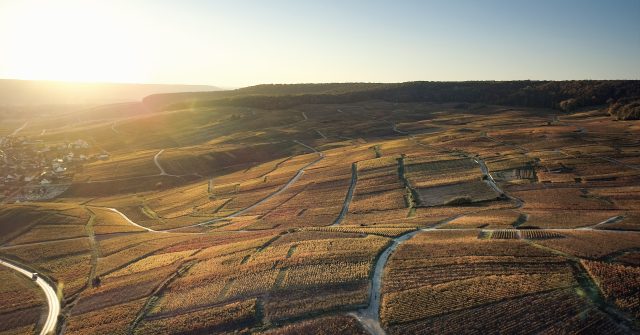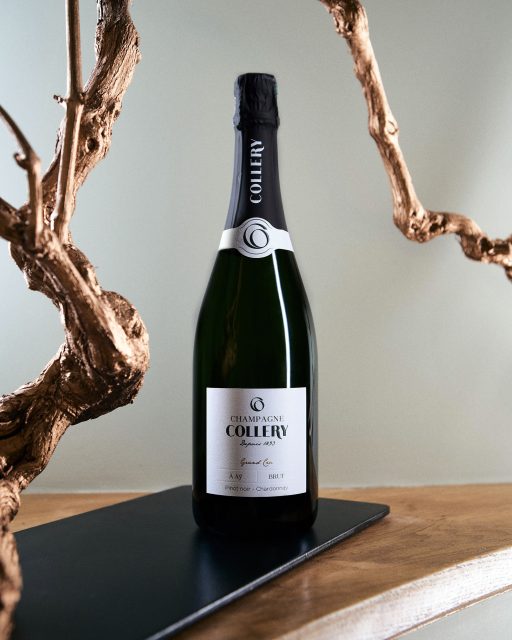This website uses cookies so that we can provide you with the best user experience possible. Cookie information is stored in your browser and performs functions such as recognising you when you return to our website and helping our team to understand which sections of the website you find most interesting and useful.
Champagne Collery reclaims a rich heritage of winemaking
After years under the radar, the historic Champagne house is reaffirming its fine wine reputation, built on Grand Cru sites and Pinot Noir.

Champagne Collery was founded in 1893. In 1904, it won a gold medal in a Paris competition. By the outbreak of World War I, its wines were stocked in some of the capital’s finest establishments. Indeed, while gazing at the Seine, waiting for your canard à la presse, you could have sipped on Champagne Collery at iconic restaurant La Tour d’Argent.
Plainly, the house has a heritage deserving of attention. Yet at the end of the 20th Century, it flew under the radar just as the Champagne region boomed. Under new management since 2014, Champagne Collery is keen to demonstrate that its credentials are as strong as ever.
In large part, that determination is born of its historic home in Aÿ. The village, home to several of Champagne’s most famous names, lies just a couple of miles upriver of Épernay. The south-facing slopes, rows of vines interspersed with chalky outcrops, are known for their quality. Indeed the village, well suited to ripe, rich styles, is one of Champagne’s Grand Crus.
High-quality fruit is therefore central to Champagne Collery’s work. Each cuvée, from the non-vintage core of the range to expressions made only in the best years, is produced exclusively using grapes from Grand Cru villages. Such vineyards amount to around 5% of the region’s production area, making each bottle a prestigious selection of Champagne’s best terroirs.

The company’s wines, however, represent a marriage of these sites with blending know-how. Even in sourcing, the winemaking team makes complex decisions on the blend. Hilltop clay, for instance, might provide a cooling effect to preserve acidity, while chalky midslopes aid ripening with their excellent sun exposure. Mixing from these different parcels, with a wealth of Grand Cru sites to choose from, is the first choice to make.
Then, in the winery, further blending builds the wines. In all expressions save the Blanc de Blancs, Pinot Noir is the focus, ranging from 80% to 100% of the blend. Though Chardonnay adds bright accents, the focus is clear. After all, the Vallée de la Marne, in which Aÿ sits, is renowned for its Pinot.
The human touch carries through to the winery. Rather than a hands-off approach based on stainless steel, oak features throughout the range. Wines aged in large casks are integral to the premium selection, complementing the majority of the blend rested in inert vessels. Moreover, in every expression, oak-aged liqueur makes up the dosage, often using ex-Sauternes or ex-Burgundy casks for added complexity.
Perhaps the clearest expression of the winemaking philosophy is in the top cuvée, EmpyreumatiC. The vintage wine, named for the complex family of savoury, toasty aromas, is a celebration of umami flavours. The blend foregrounds Pinot Noir at 90%, aged in a mix of large barrels and ex-Burgundy casks. As a statement of intent it is transparent: top-quality grapes, blended for a balanced expression and using winemaking interventions to complement its natural style.
Rather than a flashy rebrand, or a celebrity partnership, Champagne Collery has reaffirmed quality as its central guide. In reviews, awards and new markets, the house is making an undeniable case for itself. It has no plans to stay under the radar.
Champagne Collery’s range is available in the UK from Must & Lees while the gift-boxed Blanc de Blancs will launch in 80 Majestic stores in December.

